To be eligible for a remote examination with Katahdin Amateur Radio Society, applicants must meet the following technical and setup requirements:
— You will need a reliable internet connection, suitable to adequately run two video feeds and one audio feed. You are not permitted to wear a headset while testing. You MUST be capable of operating without the assistance of earbuds or a headset. No exceptions!
— You will need a web camera that allows us to view the Examinee’s head, face, and shoulders clearly, to be seen at all times while testing. This same computer must have a microphone that allows the VE team to hear all sounds within the testing environment. We do ***NOT*** permit the use of a Microsoft Surface, any tablet, iPad or smartphone for taking the examination or as your primary camera feed. No exceptions. Below is an example of the view we need from the applicant’s primary camera:
— You will need a smart phone or tablet with a web camera to serve as your second video source. This secondary camera must be positioned in such a way to allow the VE team to see the examinee’s hands, workspace, work on scratch paper, and/or calculator, and the computer monitor that is being used to display the examination. You may use a tablet, iPad, or smartphone as your second video feed. Examinees are prohibited from using two cameras connected to the same desktop or laptop computer. The two camera feeds MUST be on separate devices. Below are some examples of the view we need from the applicant’s secondary camera: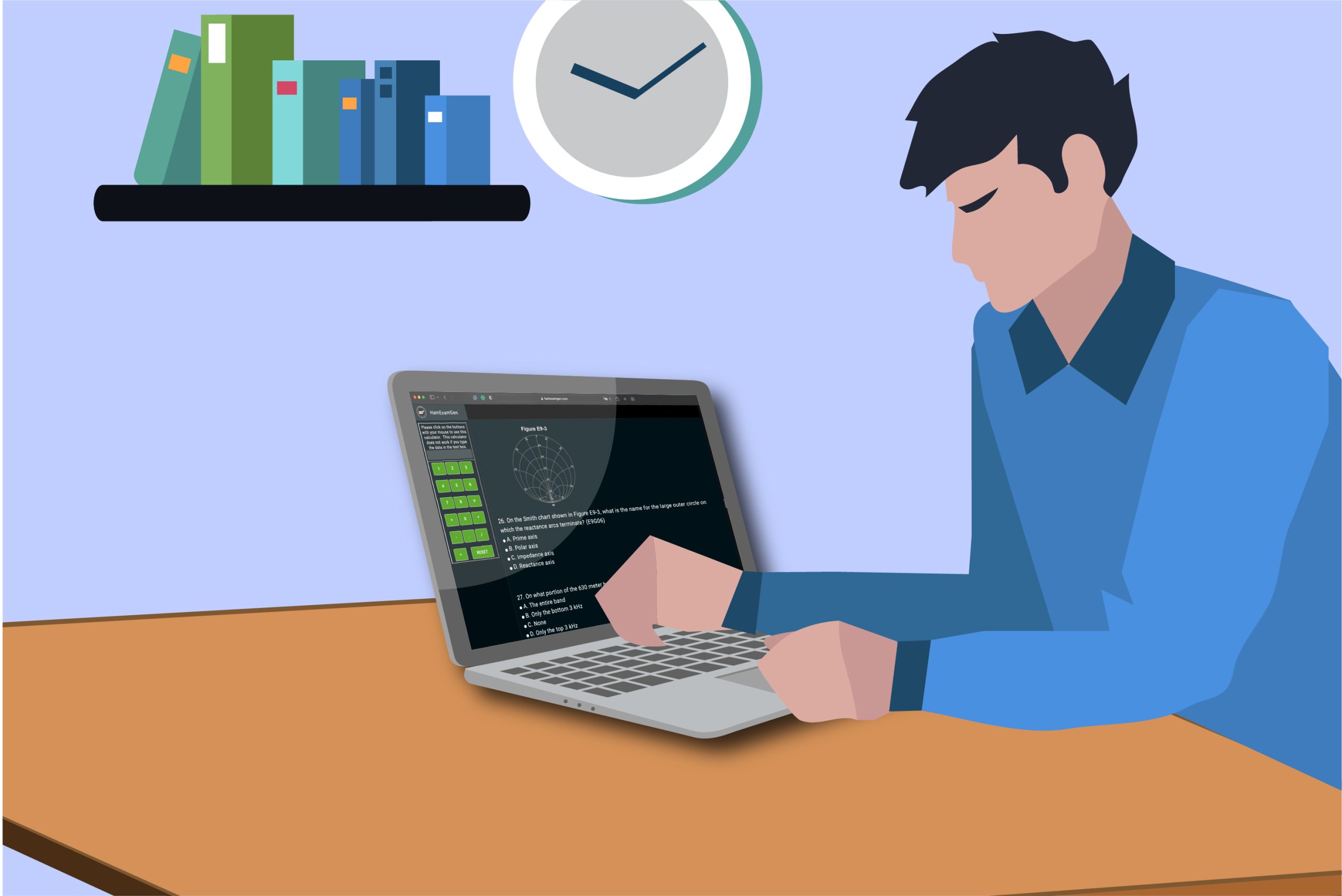
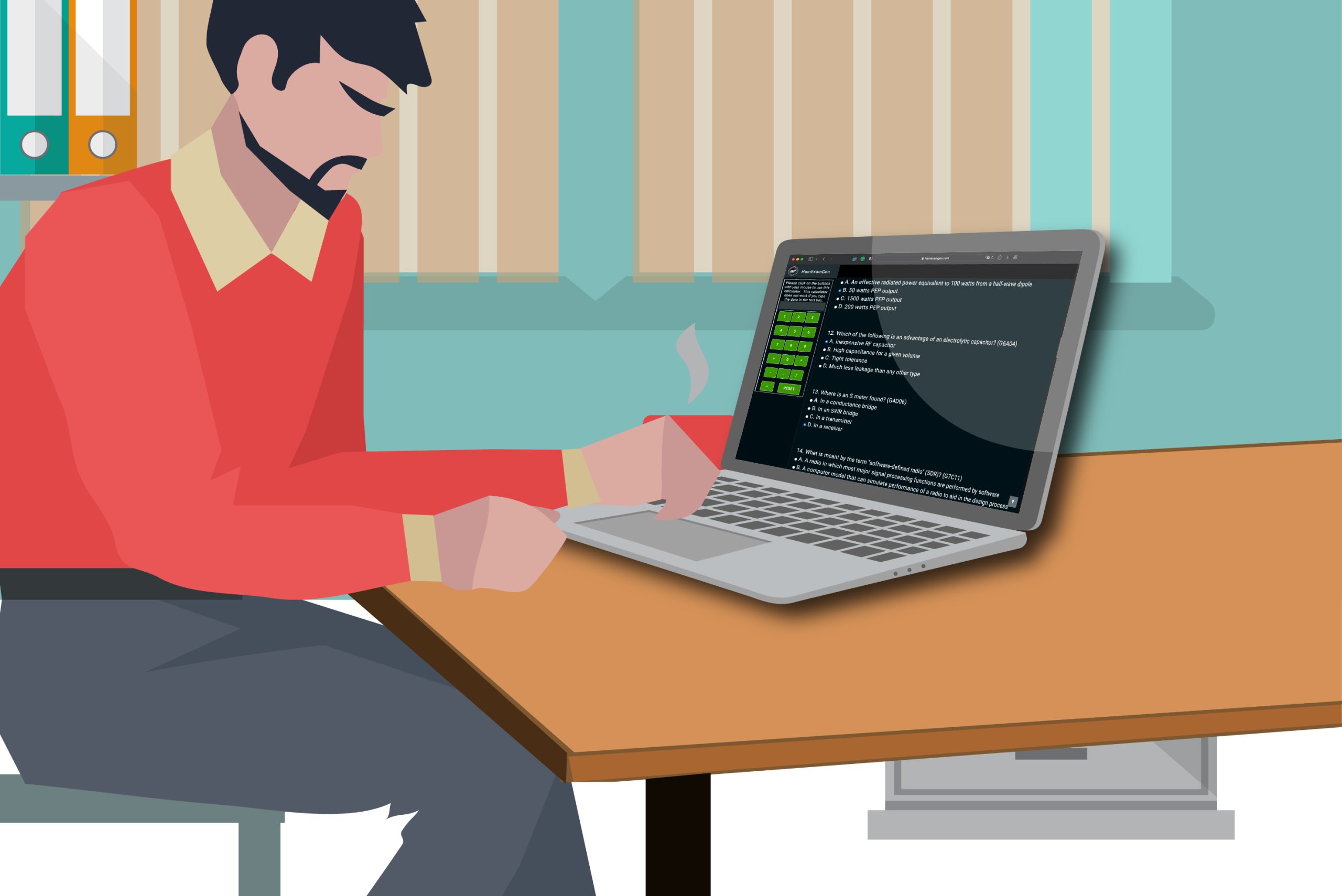
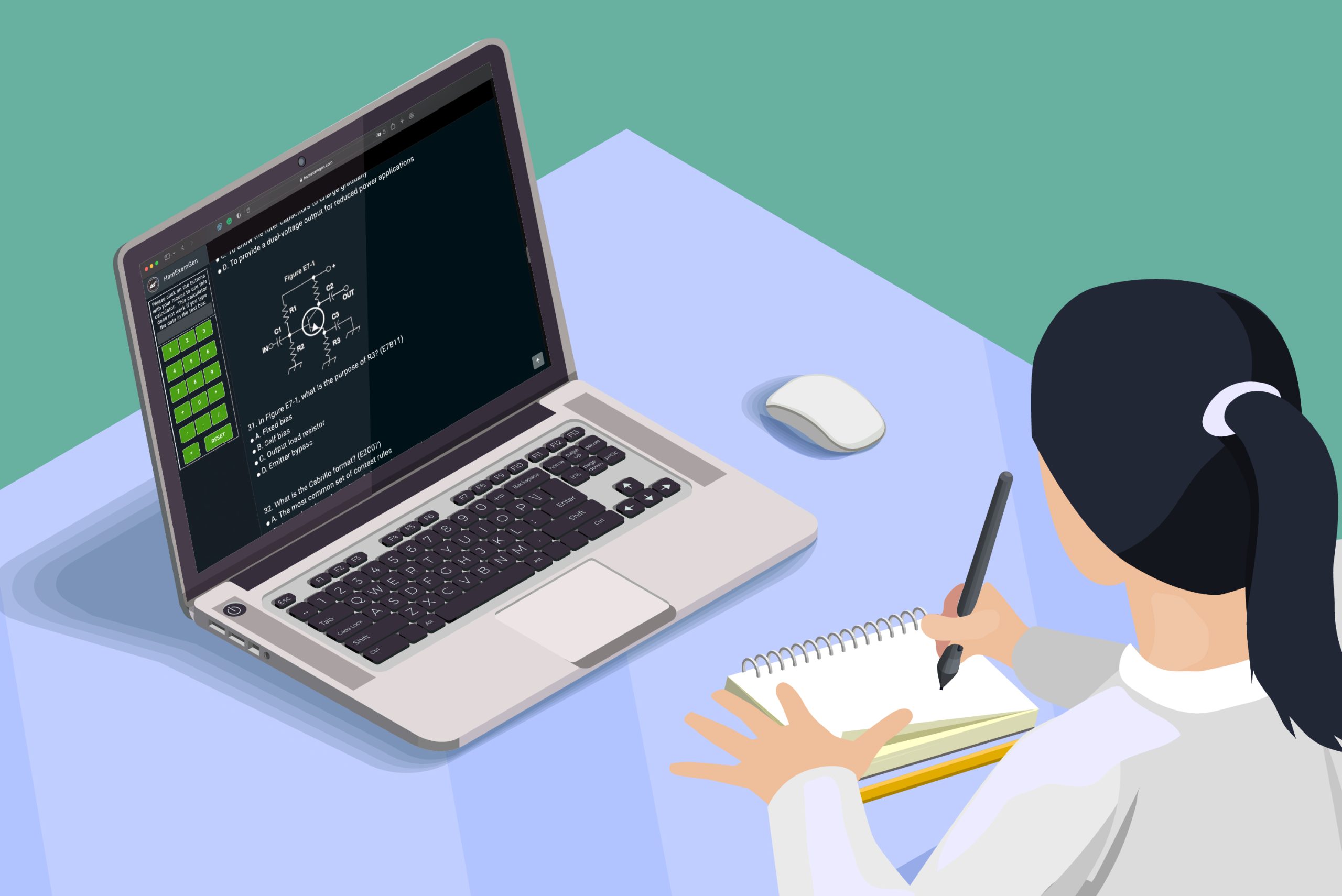
— When you join us on exam day, you’ll be asked to setup your second camera to meet our monitoring requirements. Here are two examples of setting up your second camera to meet the additional viewing requirement: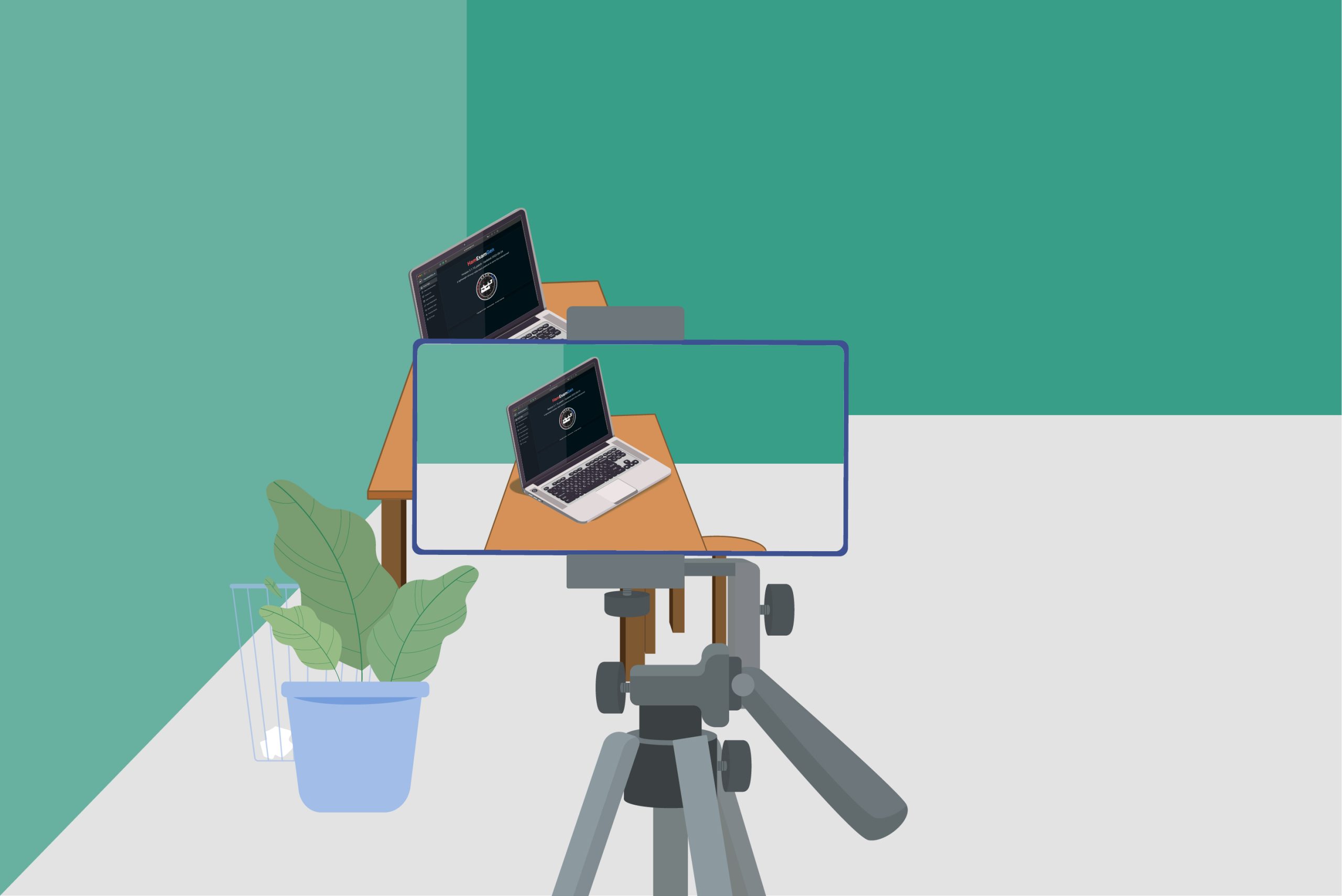
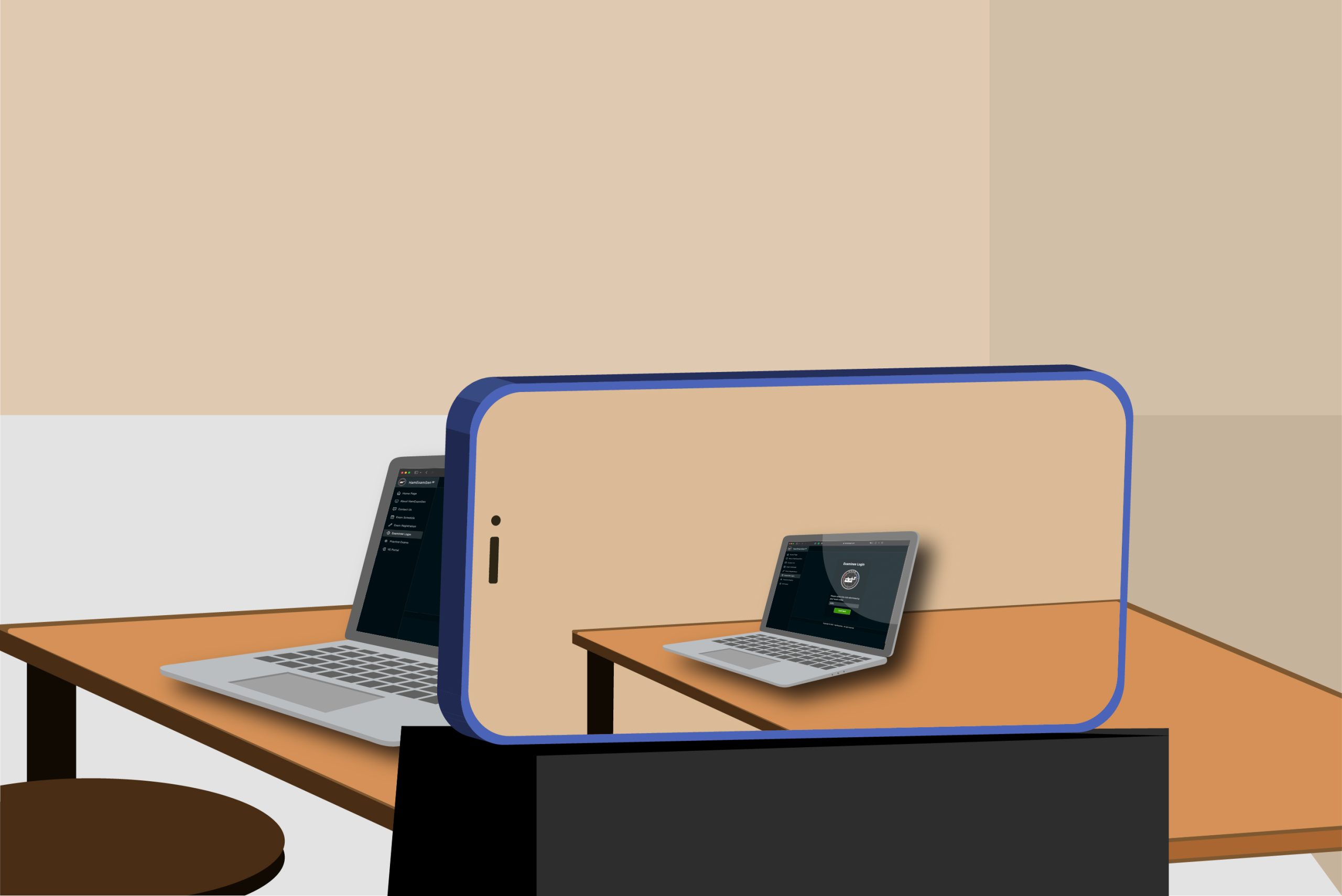
Tip:
If you have never used Zoom before, please do a test call with someone else before your exam. It will give you an opportunity to test your cameras, computer audio and bandwidth to use our remote testing service. This helps us ensure you have a basic understanding of the software and it will speed things up greatly on exam day. ++ Attention! We have numerous applicants who are not prepared to setup their second device when they join us for an exam session. Should there be any doubt in your ability to setup the second camera to meet our monitoring requirements, we strongly encourage you to find someone who can get on Zoom and practice the setup process. Should you not be prepared to correctly setup your second camera to meet our requirements laid out above on the day of your exam, you are at risk of not being permitted to test!!!It is ***VERY*** important you also understand that your Volunteer Examiner team will not spend extended periods of time helping you get this setup.It is ***YOUR*** responsibility for being prepared in advance! Doing so ensures everyone will get to test on time and no delays will occur for other applicants testing behind you. We strongly suggest thoroughly testing Zoom with both devices at the same time well in advance of the test so that you have time to resolve any issues that come up. This is also a great way to double check the setup of your second camera! You may practice using Zoom on both your devices here: https://zoom.us/test
— You will need a quiet room to complete the exam, free from distractions or interruptions. If you are testing in an open environment such as a living room or loft, those are acceptable as long as other people are not present during your examination. The Examinee MUST be the only person in the room during the exam. No one is permitted to enter the room while the examination is in progress.